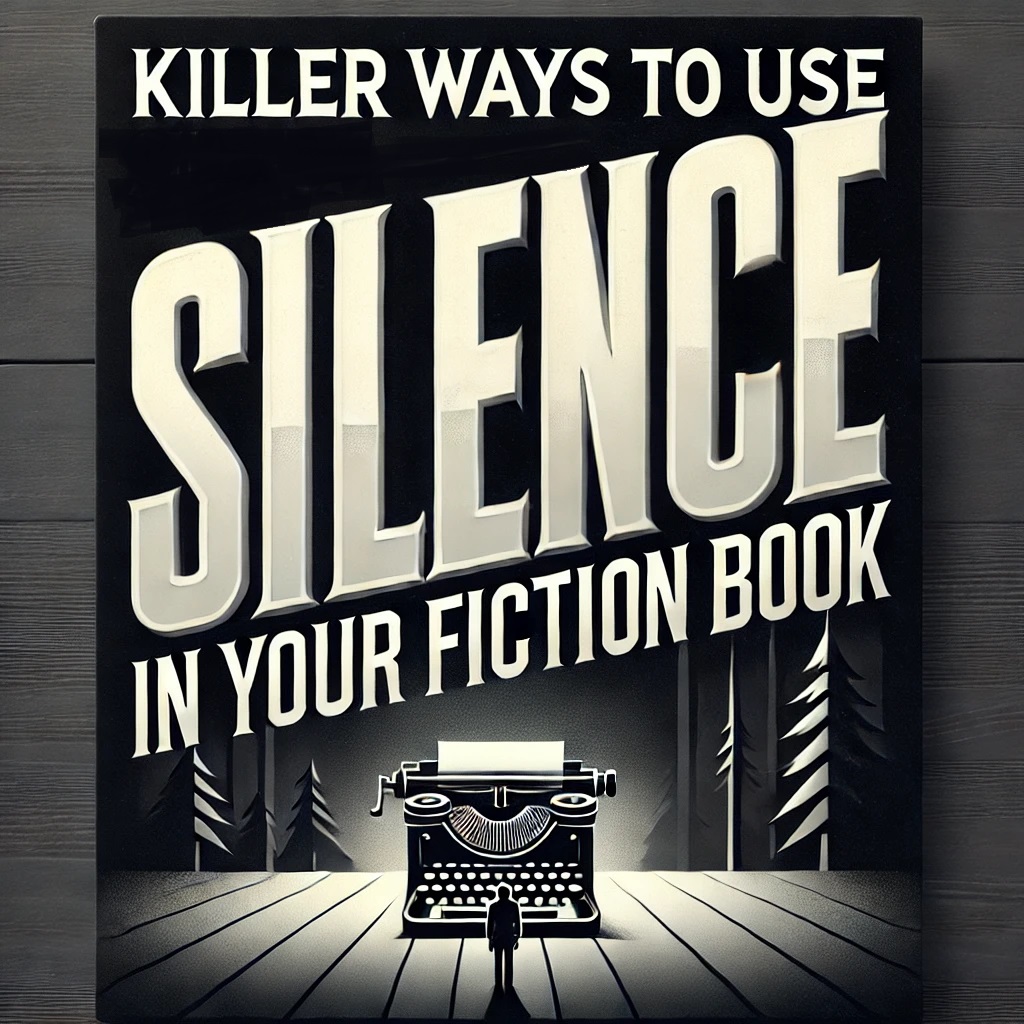Silence is often overlooked in storytelling. Writers are taught to focus on action, dialogue, and sensory detail—but sometimes, what’s not said, what’s not done, can have a more powerful emotional impact. At Book Planets, we often guide our clients through fiction editing services where silence becomes a key storytelling tool—shaping pacing, character depth, and mood with subtlety and power.
Whether you’re writing a novel, short story, or screenplay, here are four compelling ways you can use silence in your fiction to engage readers on a deeper, more visceral level.
1. Silence for Pacing: Pause Before the Storm
Every story needs rhythm—a balance between fast-paced action and quiet introspection. Silence is one of the most effective ways to slow the tempo and allow a moment to land with impact. Instead of rushing from one dramatic event to the next, inserting silence gives the reader time to reflect, absorb, and anticipate.
Think of it like a cinematic slow-motion scene: the character delivers a devastating line, and instead of immediately reacting, the world pauses. Nobody speaks. Nobody breathes. That stillness becomes a vacuum where tension builds.
Consider this excerpt from Karen Joy Fowler’s We Are All Completely Beside Ourselves:
“Around then, there was one of those strange moments when all the noise inside the restaurant suddenly stopped. Nobody spoke. Nobody clicked the sides of their coffee cup with their spoon. Nobody outside barked or honked or coughed. Fermata. Freeze-frame.”
This isn’t just a moment of nothingness—it’s a highlight in the story’s rhythm. Silence gives readers space to feel. In our editorial assessments, we often recommend inserting breathers between intense scenes for maximum emotional resonance.
2. Silence as Characterization: When Words Fail
Not every character is verbose. Some are defined by what they don’t say. Think of Estha from Arundhati Roy’s The God of Small Things—a character whose silence is more telling than any dialogue. His quietness deepens his personality, creating intrigue and inviting empathy.
“Estha had always been a quiet child… It had been a gradual winding down and closing shop. A barely noticeable quieting. As though he had simply run out of conversation and had nothing left to say.”
The silence here is transformation. It mirrors trauma, coping, and internal retreat. When you write characters who are silent, you give readers a chance to project meaning, to wonder, to empathize. In many creative writing services, we help authors leverage these moments to make characters feel authentic and layered.
Try building a character who rarely speaks. Show their thoughts, actions, and presence instead. Let the absence of dialogue become part of their voice.
3. Silence as Atmosphere: The Mood of the Unspoken
Silence can envelop a scene in emotion—grief, awe, emptiness, fear. In post-apocalyptic fiction like Cormac McCarthy’s The Road, silence is used as a constant atmospheric presence. It underscores death, isolation, and survival in a world devoid of life.
“They stood listening in the utter silence.”
“The silence. The silence. The silence.”
Repeating the word creates a haunting echo. It’s a literary technique that doesn’t describe the silence so much as invite the reader into it. Silence, in this case, becomes an active force. It speaks where dialogue cannot.
If your setting is vast, lonely, or surreal, silence can amplify that experience. When we provide book content editing, we often suggest stripping unnecessary dialogue from scenes meant to convey mood. Let the setting breathe. Let the absence of sound do the heavy lifting.
4. Silence in Dialogue: Saying More by Saying Nothing
Sometimes, the most powerful response is no response at all. In fiction, silence in dialogue can be used to:
- Show avoidance
- Indicate emotional overwhelm
- Signal disagreement
- Build suspense
Ernest Hemingway’s Hills Like White Elephants is a masterclass in this. The characters talk about a controversial topic (an abortion), and the female character’s silences say more than her words.
“The girl did not say anything.”
That single sentence carries weight. It tells us she’s uncomfortable, conflicted, and possibly grieving. Her silence becomes resistance—subtle but potent.
You can use silence in your dialogue in several ways:
- Punctuation: Ellipses (…) to show hesitation or trailing thoughts
- Action tags: Having the character do something instead of speaking
- Internal thoughts: Showing what’s going on inside the character while they outwardly remain silent
During book synopsis writing, these moments of unspoken tension often become critical turning points. A well-placed silence can change the course of a relationship, reveal inner conflict, or drop the emotional anchor of a scene.
Writing Exercises to Practice Silence
Want to master this technique? Try these writing prompts:
1. Jay & Silent Bob Dialogue Challenge
Write a conversation between two characters—only one of them speaks. Use body language, facial expressions, and internal thoughts to convey the silent character’s perspective.
2. The Soundless Epiphany
Write a flash fiction piece (under 1000 words) where the climax is marked by a profound silence. Think revelation, grief, awe, or closure.
3. Mute Scene
Craft a high-stakes scene (a breakup, a confession, a betrayal) where neither character speaks. Let the silence, gestures, and surroundings tell the story.
These exercises help you explore the full spectrum of silence—its narrative weight, emotional range, and storytelling depth.
When to Use Silence—and When Not To
Silence isn’t a tool for every scene. Overuse can feel awkward or slow your pacing too much. It’s most effective:
- After emotionally intense moments
- During conflicts or negotiations
- In scenes of reflection or sorrow
- When dialogue would cheapen the moment
But be careful not to confuse silence with a lack of direction. Every pause must serve a purpose. Ask yourself: “What does this silence reveal?”
In our fiction editing services, we help authors fine-tune pacing and emotional balance by strategically suggesting where silence might elevate the narrative—and where it may need to be filled in.
Final Thoughts: The Power of the Unspoken
Silence isn’t emptiness. It’s narrative potential.
A well-placed pause can reveal a character’s soul, deepen your story’s atmosphere, and amplify emotional weight. In a world overwhelmed by noise, the quietest moments are often the most profound.
At Book Planets, we work with writers who want to write stories that linger. Whether you need a professional editorial assessment, full book content editing, or help to craft emotionally intelligent scenes, our team can help you shape silence into your storytelling arsenal.

